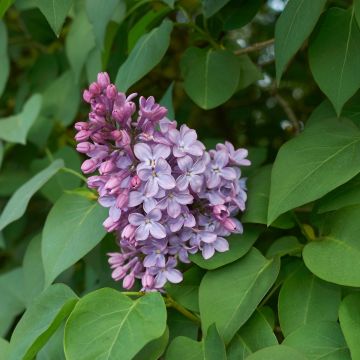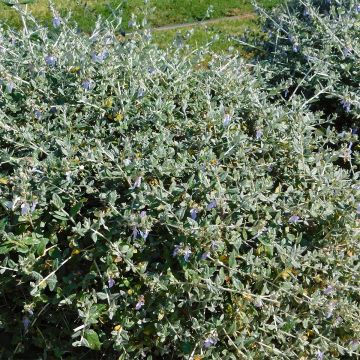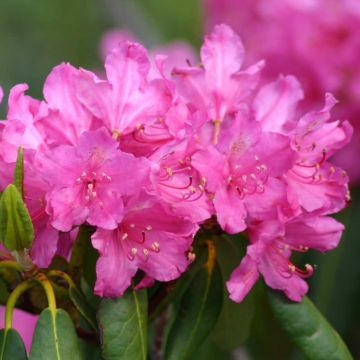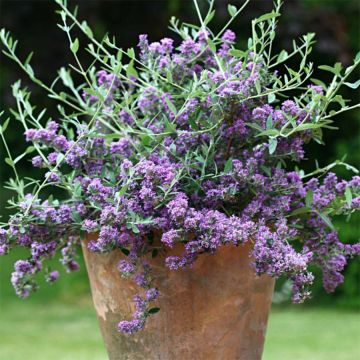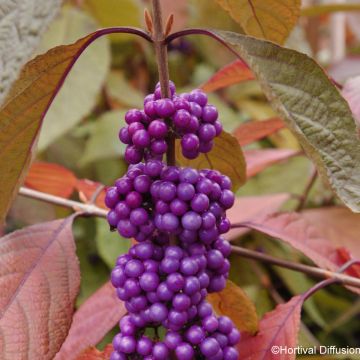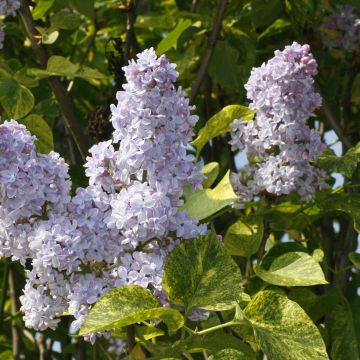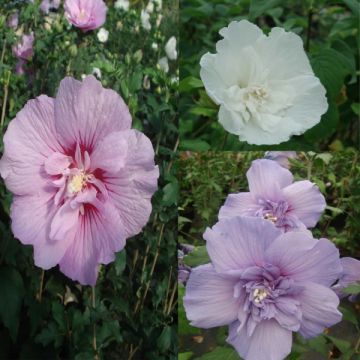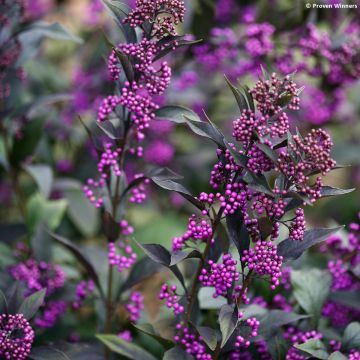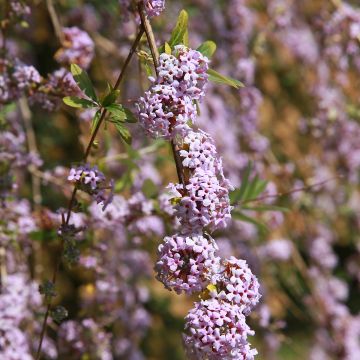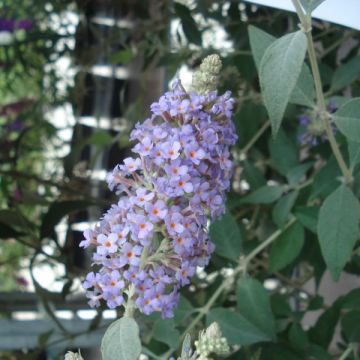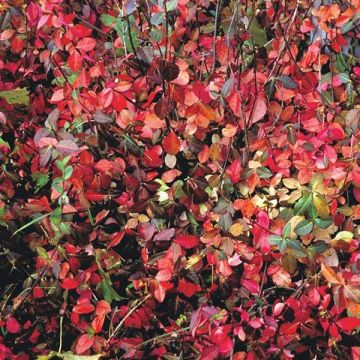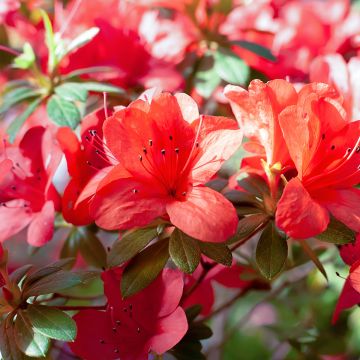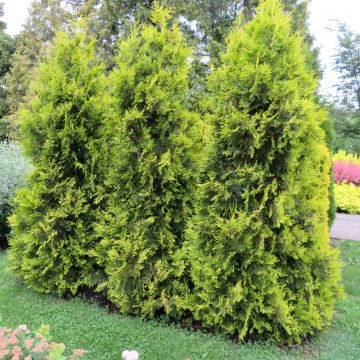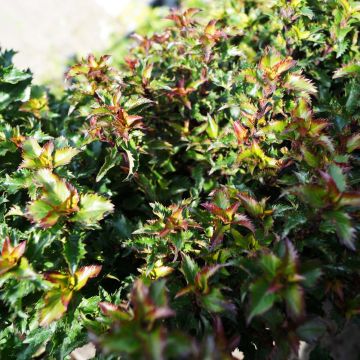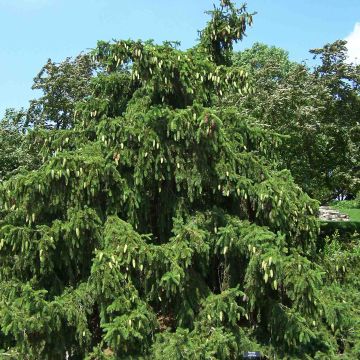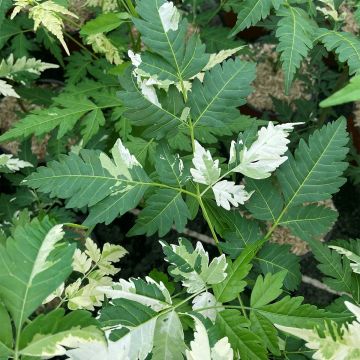Shipping country and language
Your country of residence may be:
Your country of residence is:
For a better user experience on our website, you can select:
Your shipping country:
Andorra
Austria
Belgium
Bulgaria
Canada
Chile
Croatia
Cyprus
Czechia
Denmark
Estonia
Finland
France
Germany
Greece
Hungary
Iceland
Ireland
Italy
Latvia
Lithuania
Luxembourg
Malta
Monaco
Netherlands
Poland
Portugal
Romania
Slovakia
Slovenia
Spain
Sweden
Switzerland
United Kingdom
We only deliver seed and bulb products to your country. If you add other products to your basket, they cannot be shipped.
Language:
French
German
Spanish
English
My Account
Hello
My wish lists
Plantfit
Log in / Register
Existing customer?
New customer?
Create an account to track your orders, access our customer service and, if you wish, make the most of our upcoming offers.
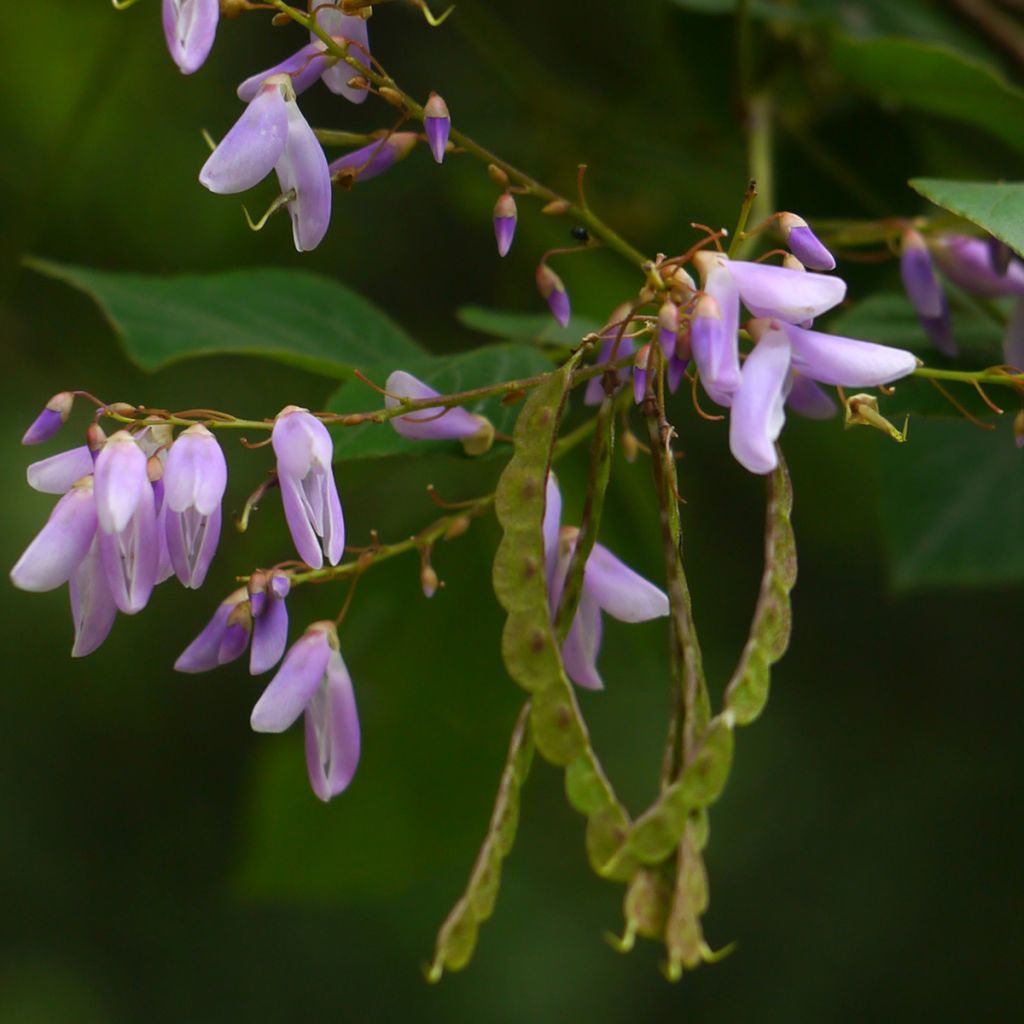

Desmodium elegans
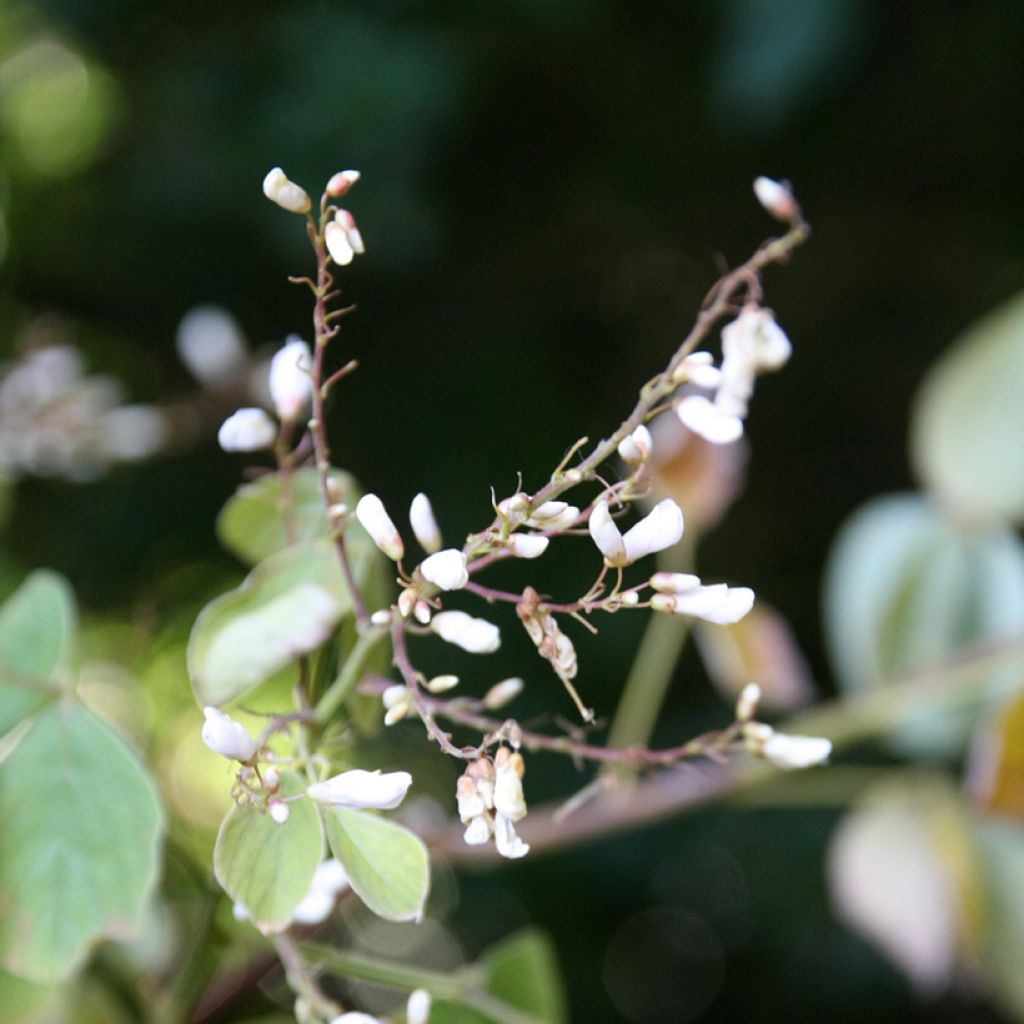

Desmodium elegans
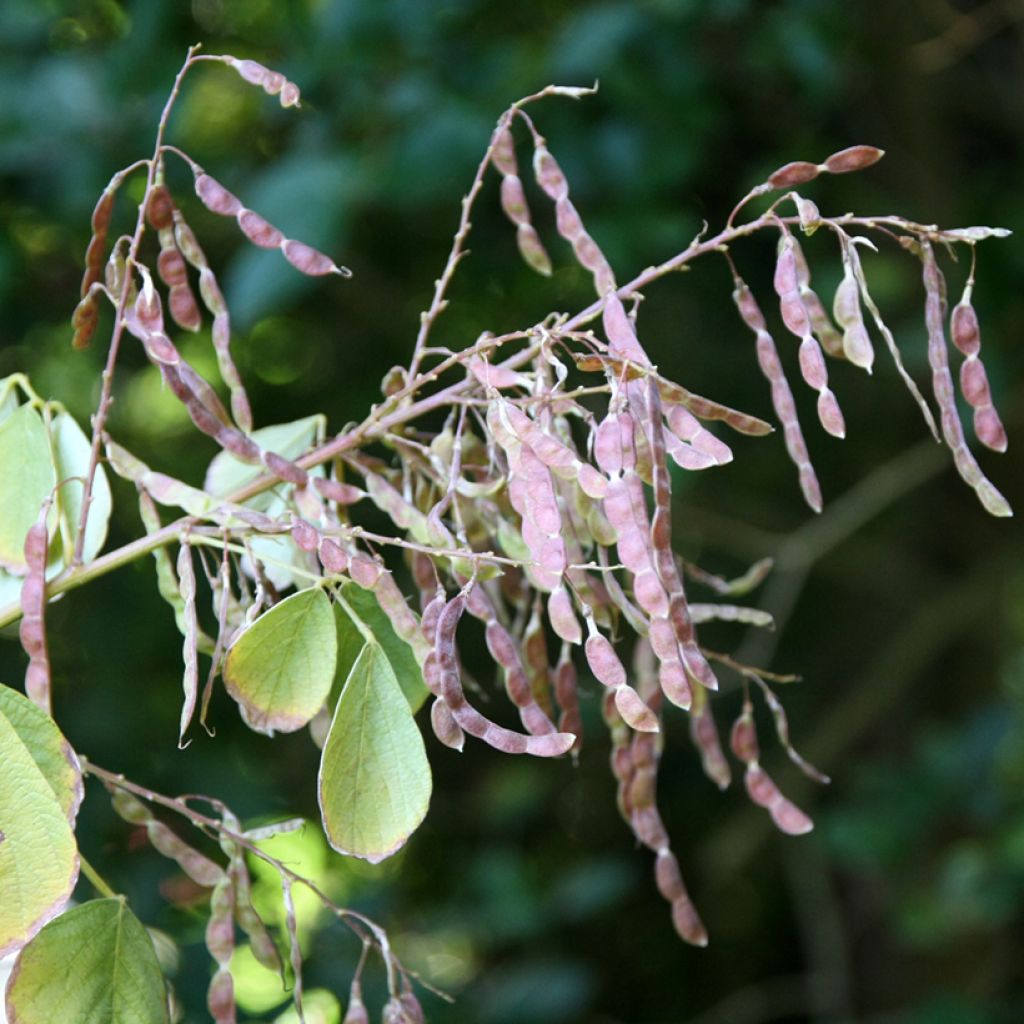

Desmodium elegans
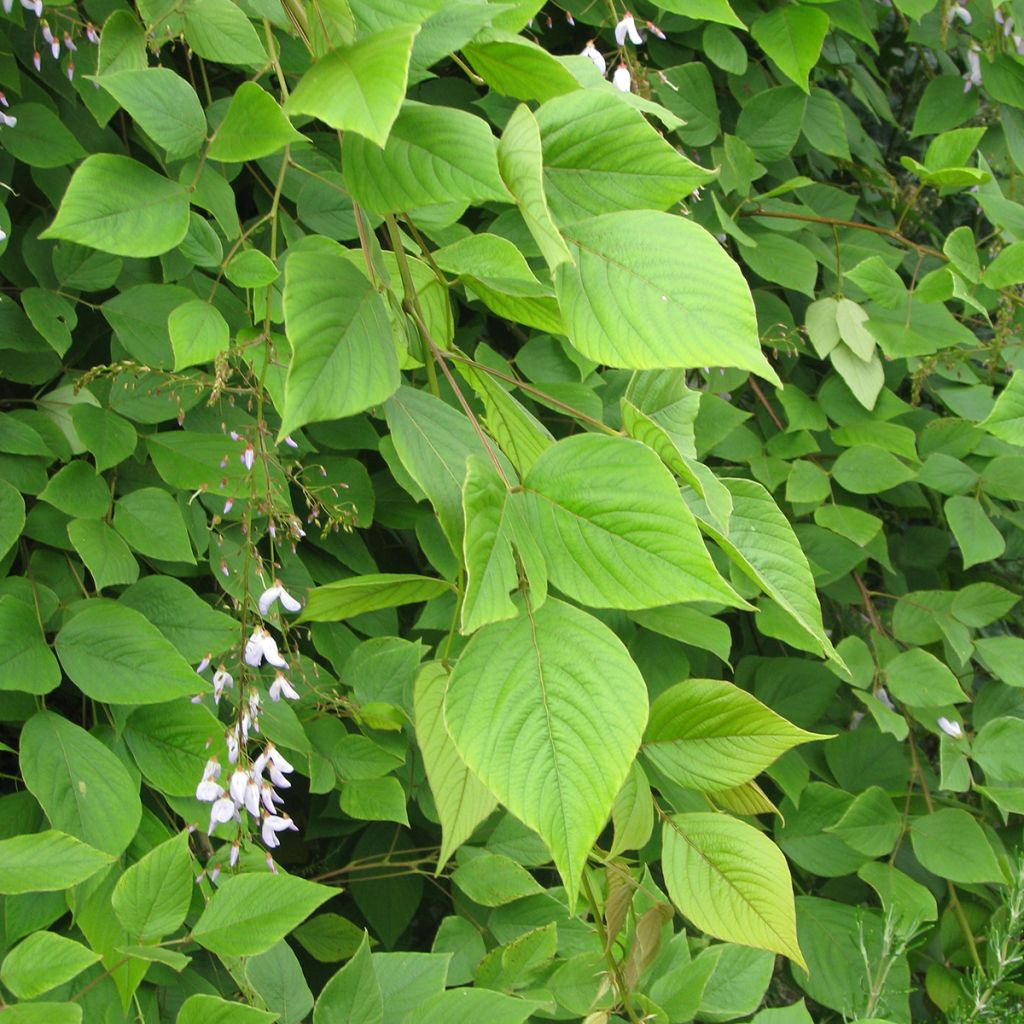

Desmodium elegans
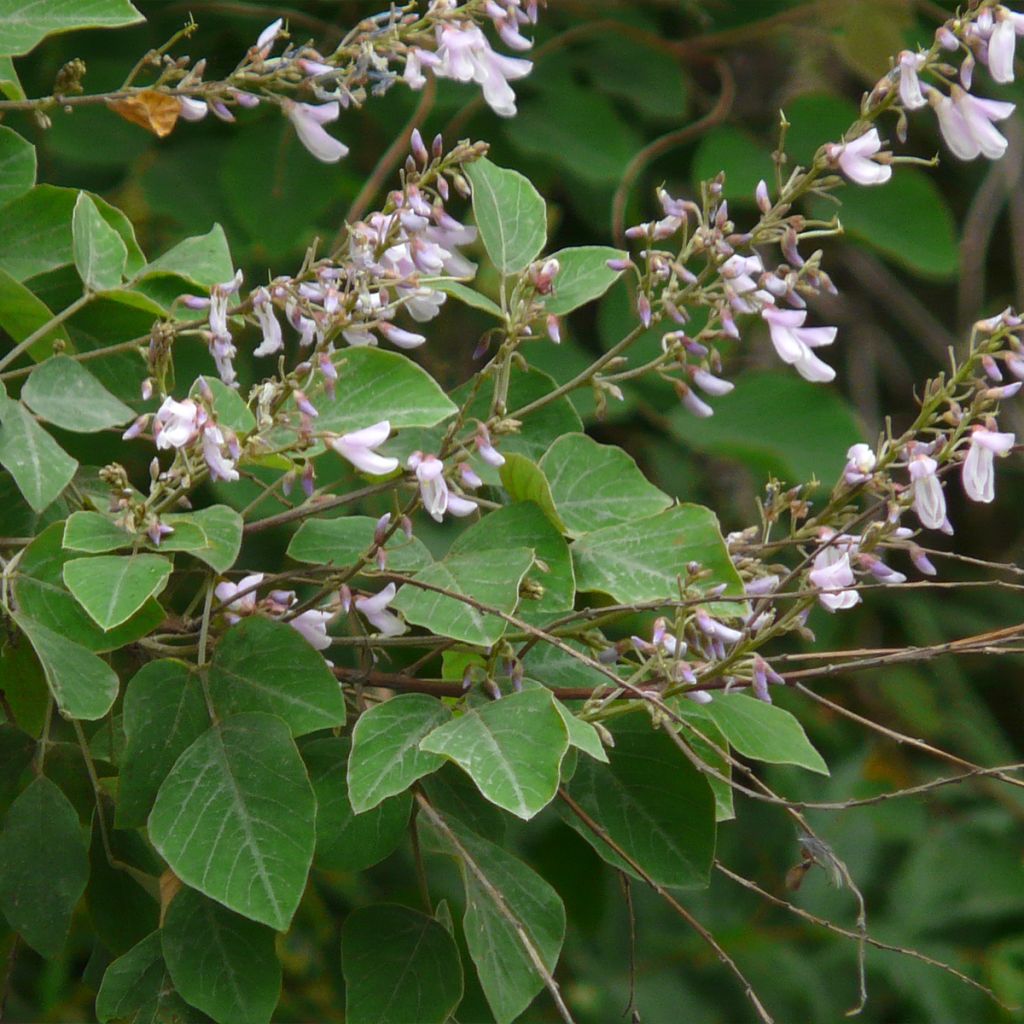

Desmodium elegans
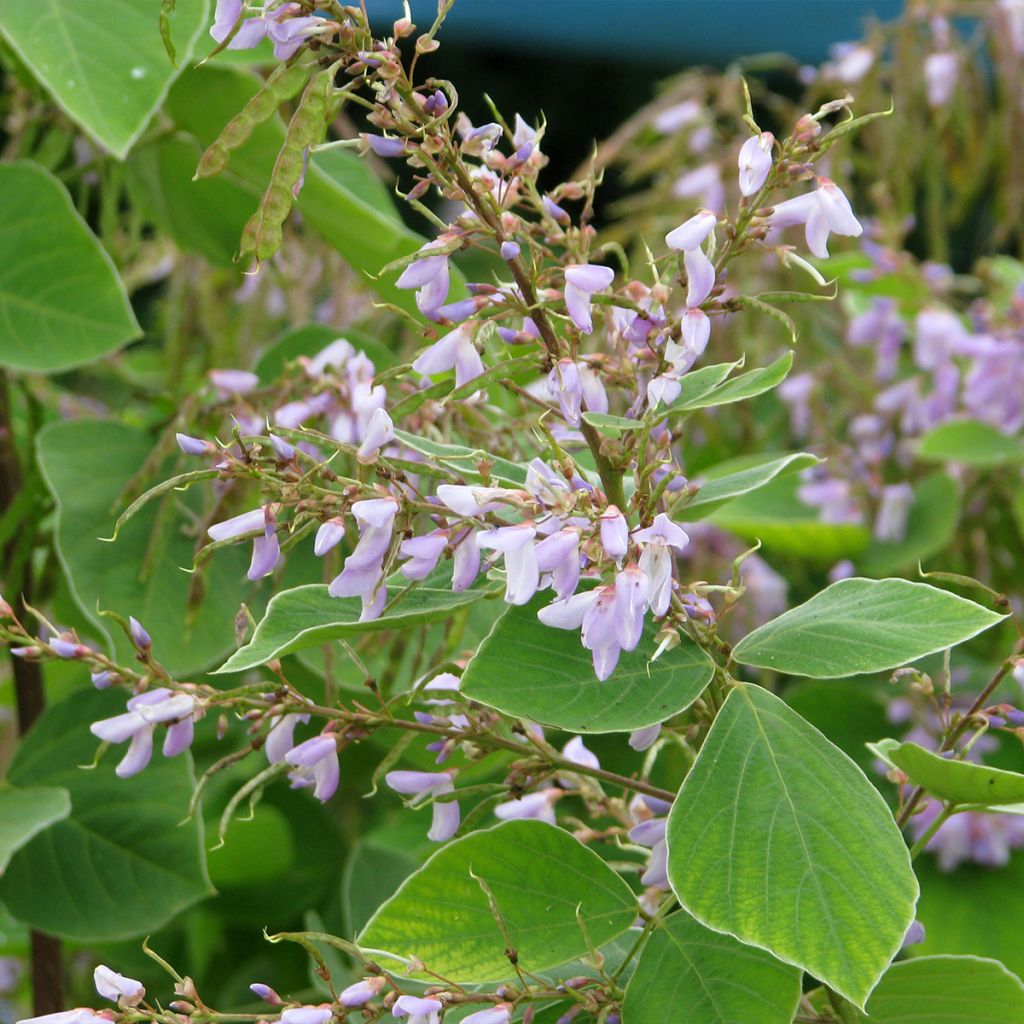

Desmodium elegans
Desmodium elegans
Desmodium elegans
Why not try an alternative variety in stock?
View all →Order in the next for dispatch today!
Dispatch by letter from €3.90.
Delivery charge from €5.90 Oversize package delivery charge from €6.90.
Current delivery delay: 1 day.
More information
This item is not available in your country.
Schedule delivery date,
and select date in basket
This plant carries a 12 months recovery warranty
More information
We guarantee the quality of our plants for a full growing cycle, and will replace at our expense any plant that fails to recover under normal climatic and planting conditions.
Oversize package: home delivery by special carrier from €6.90 per order..
Express home delivery from €8.90.
Does this plant fit my garden?
Set up your Plantfit profile →
Description
The Desmodium elegans, also known as the elegant Desmodium or trifoliate leaf Desmodium, is a deciduous bush that resembles the tree clover (Lespedeza) with its gracefully spreading habit and purple pea-like flowers. Still rare in cultivation, it deserves to be discovered for its generous flowering, enjoyed from summer to autumn. Beautifully cut leaves with three large leaflets add to its charm. It is a very hardy and elegant botanical species in moist soil of interest for flowering perennial or shrub borders.
The Desmodium elegans, often known as Desmodium tiliifolium, belongs to the Fabaceae family. This botanical species from East Asia is present from the Himalayas to western China: in Pakistan, Kashmir, India (Punjab, Kumaon, Bombay, Madras), Nepal and Bhutan. Its natural habitat consists of mountain forests and meadows, between 1000 and 4000 m (3281 and 13123ft) altitude. It is a plant that produces numerous woody-based stems from its stump. Its deciduous foliage disappears in winter and regrows in spring. Annual pruning in March helps maintain a denser and lower habit.
This Desmodium elegans forms a sizeable spreading tuft composed of leafy stems reaching between 1.20 m (4ft) and 2 m (7ft) in height and 2 m (7ft) in spread. Annual pruning will keep it at 1 m (3ft) in all directions. Its spring shoots are hairy and bronze-coloured. It flowers from July-August to October, at the ends of the stems, in the form of large spikes adorned with numerous purple pea-like flowers, sometimes washed with pink, rich in nectar. The foliage, which disappears in winter, consists of leaves carried by a long petiole, divided into three widely ovate leaflets, light green. The fruits are flattened pods. It prefers a rich, well-drained, and slightly moist humus soil in summer.
The Desmodium elegans is a graceful, elegant plant that should be highlighted and placed out of reach of overly expansive neighbouring plants. It is ideal in a romantic or English garden alongside asters, chrysanthemums, Japanese anemones or perpetual roses. All these late-flowering flowers delight the garden and bring joy upon returning from holiday.
Desmodium elegans in pictures
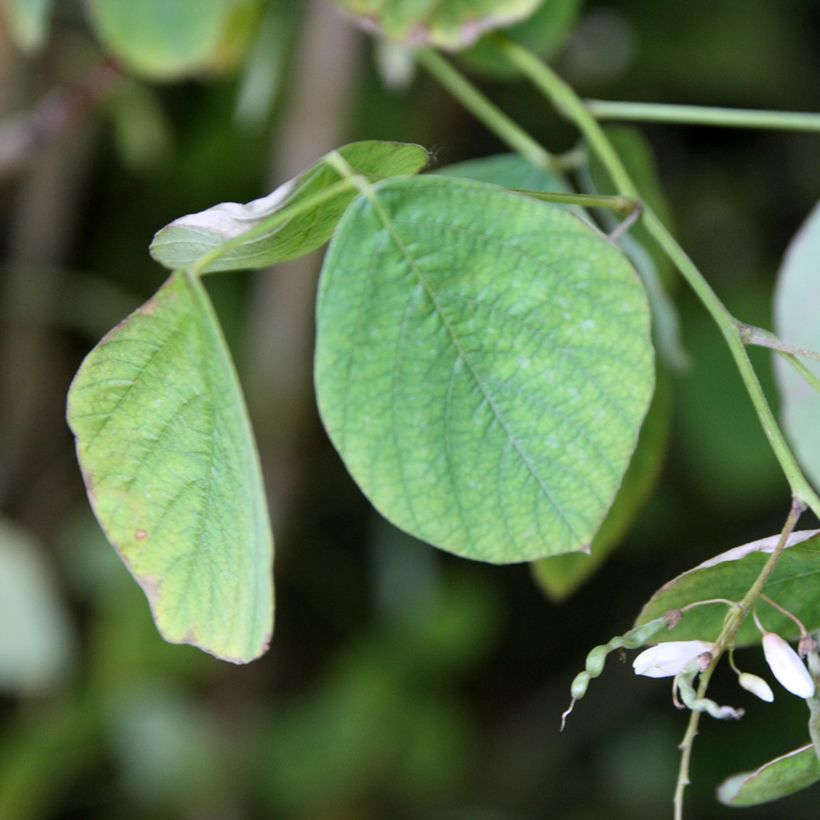

Flowering
Foliage
Plant habit
Botanical data
Desmodium
elegans
Fabaceae
India
Other Shrubs A to Z
Planting and care
Desmodium elegans is a plant that thrives in humus-rich, well-drained soils that remain slightly moist in summer. It is cold-resistant but dislikes excessively chalky and clayey soils. Mix compost and fine gravel with your garden soil if it is too compact—mulch in summer to maintain freshness. Choose a sunny location. In sunny regions, light shade in the afternoon will be well tolerated. Annual pruning in March helps maintain a denser and more compact habit.
Planting period
Intended location
Care
This item has not been reviewed yet - be the first to leave a review about it.
Haven't found what you were looking for?
Hardiness is the lowest winter temperature a plant can endure without suffering serious damage or even dying. However, hardiness is affected by location (a sheltered area, such as a patio), protection (winter cover) and soil type (hardiness is improved by well-drained soil).

Photo Sharing Terms & Conditions
In order to encourage gardeners to interact and share their experiences, Promesse de fleurs offers various media enabling content to be uploaded onto its Site - in particular via the ‘Photo sharing’ module.
The User agrees to refrain from:
- Posting any content that is illegal, prejudicial, insulting, racist, inciteful to hatred, revisionist, contrary to public decency, that infringes on privacy or on the privacy rights of third parties, in particular the publicity rights of persons and goods, intellectual property rights, or the right to privacy.
- Submitting content on behalf of a third party;
- Impersonate the identity of a third party and/or publish any personal information about a third party;
In general, the User undertakes to refrain from any unethical behaviour.
All Content (in particular text, comments, files, images, photos, videos, creative works, etc.), which may be subject to property or intellectual property rights, image or other private rights, shall remain the property of the User, subject to the limited rights granted by the terms of the licence granted by Promesse de fleurs as stated below. Users are at liberty to publish or not to publish such Content on the Site, notably via the ‘Photo Sharing’ facility, and accept that this Content shall be made public and freely accessible, notably on the Internet.
Users further acknowledge, undertake to have ,and guarantee that they hold all necessary rights and permissions to publish such material on the Site, in particular with regard to the legislation in force pertaining to any privacy, property, intellectual property, image, or contractual rights, or rights of any other nature. By publishing such Content on the Site, Users acknowledge accepting full liability as publishers of the Content within the meaning of the law, and grant Promesse de fleurs, free of charge, an inclusive, worldwide licence for the said Content for the entire duration of its publication, including all reproduction, representation, up/downloading, displaying, performing, transmission, and storage rights.
Users also grant permission for their name to be linked to the Content and accept that this link may not always be made available.
By engaging in posting material, Users consent to their Content becoming automatically accessible on the Internet, in particular on other sites and/or blogs and/or web pages of the Promesse de fleurs site, including in particular social pages and the Promesse de fleurs catalogue.
Users may secure the removal of entrusted content free of charge by issuing a simple request via our contact form.
The flowering period indicated on our website applies to countries and regions located in USDA zone 8 (France, the United Kingdom, Ireland, the Netherlands, etc.)
It will vary according to where you live:
- In zones 9 to 10 (Italy, Spain, Greece, etc.), flowering will occur about 2 to 4 weeks earlier.
- In zones 6 to 7 (Germany, Poland, Slovenia, and lower mountainous regions), flowering will be delayed by 2 to 3 weeks.
- In zone 5 (Central Europe, Scandinavia), blooming will be delayed by 3 to 5 weeks.
In temperate climates, pruning of spring-flowering shrubs (forsythia, spireas, etc.) should be done just after flowering.
Pruning of summer-flowering shrubs (Indian Lilac, Perovskia, etc.) can be done in winter or spring.
In cold regions as well as with frost-sensitive plants, avoid pruning too early when severe frosts may still occur.
The planting period indicated on our website applies to countries and regions located in USDA zone 8 (France, United Kingdom, Ireland, Netherlands).
It will vary according to where you live:
- In Mediterranean zones (Marseille, Madrid, Milan, etc.), autumn and winter are the best planting periods.
- In continental zones (Strasbourg, Munich, Vienna, etc.), delay planting by 2 to 3 weeks in spring and bring it forward by 2 to 4 weeks in autumn.
- In mountainous regions (the Alps, Pyrenees, Carpathians, etc.), it is best to plant in late spring (May-June) or late summer (August-September).
The harvesting period indicated on our website applies to countries and regions in USDA zone 8 (France, England, Ireland, the Netherlands).
In colder areas (Scandinavia, Poland, Austria...) fruit and vegetable harvests are likely to be delayed by 3-4 weeks.
In warmer areas (Italy, Spain, Greece, etc.), harvesting will probably take place earlier, depending on weather conditions.
The sowing periods indicated on our website apply to countries and regions within USDA Zone 8 (France, UK, Ireland, Netherlands).
In colder areas (Scandinavia, Poland, Austria...), delay any outdoor sowing by 3-4 weeks, or sow under glass.
In warmer climes (Italy, Spain, Greece, etc.), bring outdoor sowing forward by a few weeks.

